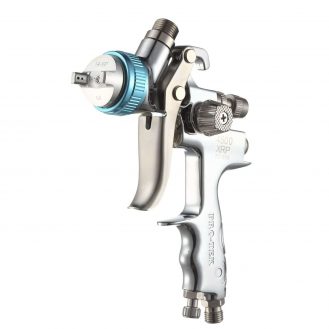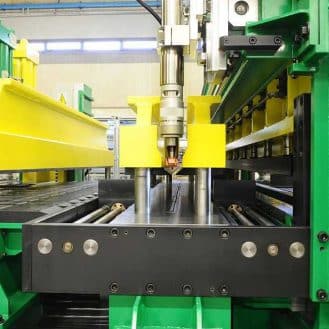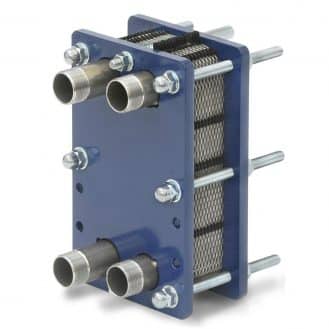An engraving machine is an automatic or manual machine used to make engravings or markings by removing material. There are several types of engraving machines including laser and mechanical. In this guide, we’ll concentrate on laser engraving machines.
A laser engraving machine is different from a mechanical engraving machine. Mechanical engraving machines use extremely hard materials to engrave other materials, while laser engraving machines use the concentrated energy of a laser beam to vaporize or fracture the material.
Laser engraving is a process that can be used on most materials, and doesn’t require handling of the object being engraved. The engraving is precise and fast. Laser engraving is used in a wide range of sectors, including the automotive, aeronautics, and medical industries.








